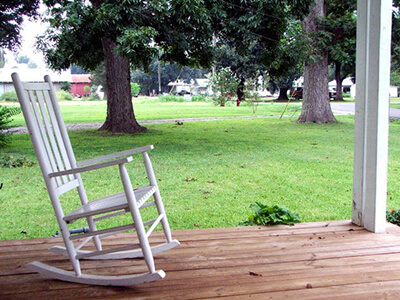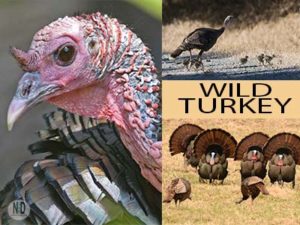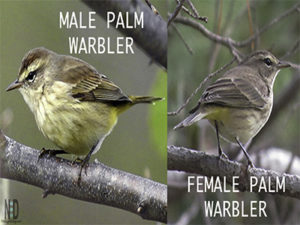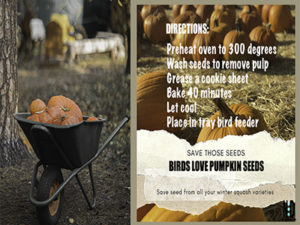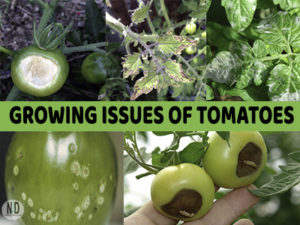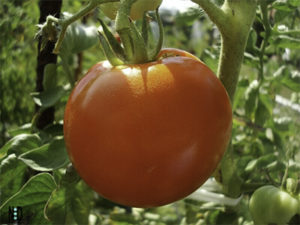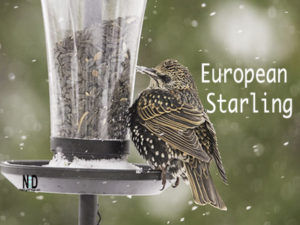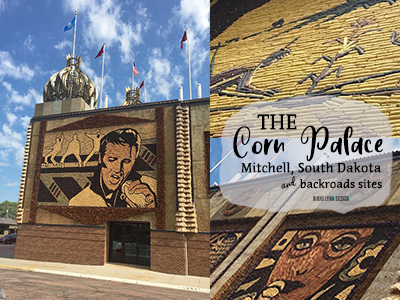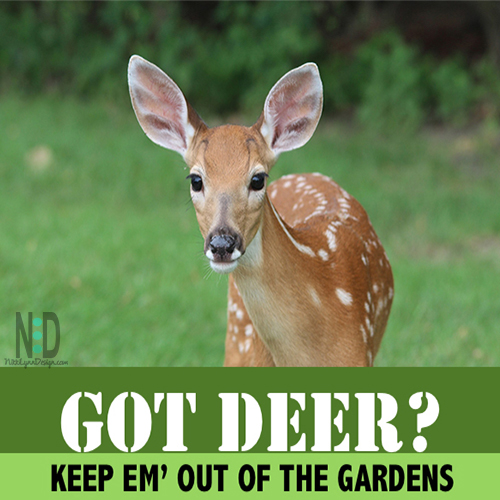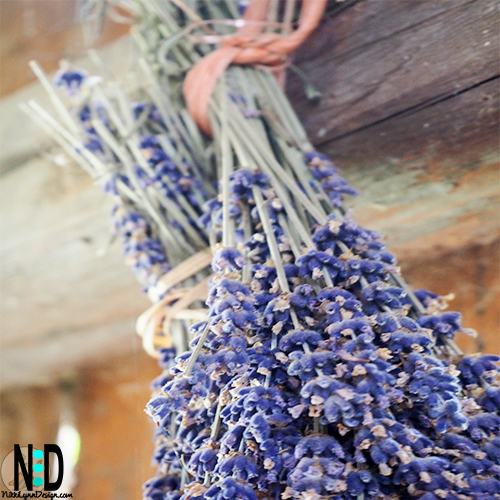Choosing Best Trees for Your Yard
Trees are the backbone of most landscaping needs. Knowing the mature size of a tree is essential in preparing a landscape. You will need to know the height, limb spread, and additional factors before choosing the best trees for your yard.

Let’s go over some things to keep in mind.
Twelve Basic Forms of Trees
First off, there are twelve basic tree forms. The twelve forms are round, vase, oval, pyramidal, horizontal, columnar, weeping, low-branching, irregular, palm, rectangular and triangular.
Do a little research to see what group your tree fits into. Making the correct form selection for your landscaping is important if, you want a well-blended landscaping.
Things to Ask Yourself Before Purchasing a Tree
1.) Are you planting in a sunny or shady area.
2.) What kind of soil do you have? Sandy, clay, well drained?
3.) What is the growth rate of the tree your purchasing? If you want a tree for shade purposes, some grow much quicker than others.
4.) What height and limb spread will fit the area? Yes, we trim our trees and bushes to make them look nice. But, do you want to replace overgrown shrubs and trees every three years? Yank out a tree for planting to close to a house? Buying the correct type of tree can make this job a much easier task.
5.) Do you want a deciduous tree or evergreen?
Deciduous Tree

Deciduous trees will lose leaves and remain bare during the winter months. Deciduous trees include large shade trees which frame areas with a cool summer canopy and a colorful autumn rack of superior colors.
In winter, their silhouettes provide passage for sunlight. These trees can shade a southern exposure from summertime heat, and allow winter sunlight to warm the house.
Evergreen Tree

Evergreen trees keep their foliage year round. The foliage is generally in the form of needles. Evergreen trees have dense green foliage that suits them for planting as privacy screens, windbreaks or backdrops for flowering trees and shrubs. But they are handsome enough to stand alone.
They do not lose their leaves, called needles, and provide year-round shelter and color. You should be sure to include a wide variety of both kinds of trees in your landscape to avoid losing them to diseases or pests. Buy disease- and pest-resistant trees.
When is the Best Time to Shop?
Start thinking ahead, Late September and early October are wonderful times to shop for trees and shrubs at the nursery. They’re now showing their best and brightest colors there. You can plant them now and over the next few months so that strong, healthy roots will grow over the winter.
That’s the Basic Questions Before Shopping
Once you have the basic questions answered, it is time to start your journey in finding the perfect match for your yard.
Visit local tree farms, home improvement stores and nurseries to get an idea of what they carry. Look up tree information online.
Don’t forget the gardening catalogs that come in the mail. Each has a direct benefit when planning. You can never spend too much time in researching.
When is the Best Time to Shop?
Start thinking ahead, Late September and early October are wonderful times to shop for trees and shrubs at the nursery. They’re now showing their best and brightest colors there. You can plant them now and over the next few months so that strong, healthy roots will grow over the winter.
What To Look For When Buying a Tree
When buying a tree, look for healthy green leaves if it has any, and also well-developed top growth.
• Branches should be unbroken and balanced around the trunk, and on dormant or bare-root stock they should be pliable.
• Examine the roots, which should form a balanced, fully-formed mass. Reject trees with broken or dried-out roots.
• Avoid trees showing signs of disease, pests or stress such as wilting, discoloration, misshapen leaves, scarred bark, and non-vigorous growth.
• Consider the size of the tree. Young trees have a better rate of success when planted, and most flowering trees grow quickly, so start with less expensive, smaller specimens.
Now GO Shopping
You must start by learning what varieties thrive in your area. Try visiting your local arboretum, where you may view different kinds of shrubs and decide whether they fit your gardening plans. Decide what overall look you want at different times of the year, and then find out which shrubs will be flowering, producing berries or sporting colorful foliage at those times. Compare what you find to the inventory at your local nursery, and ask the professionals lots of questions.
